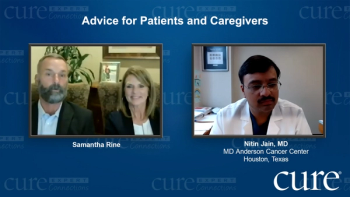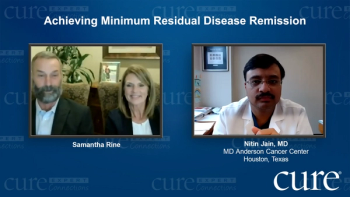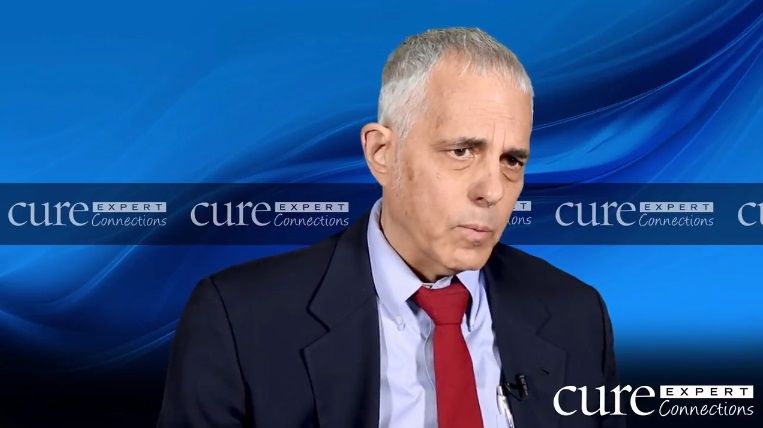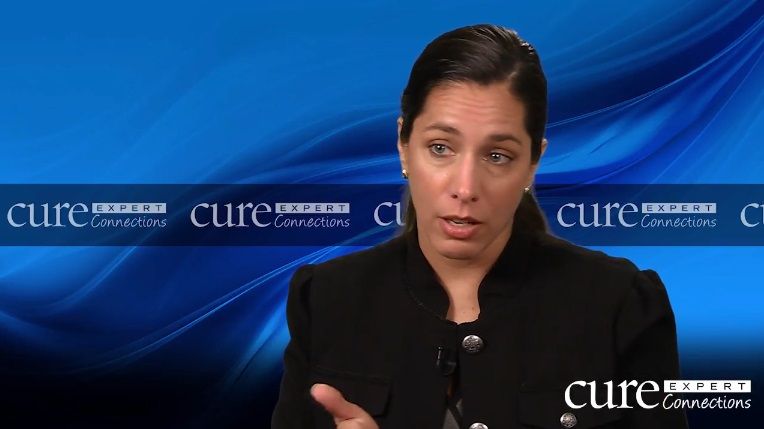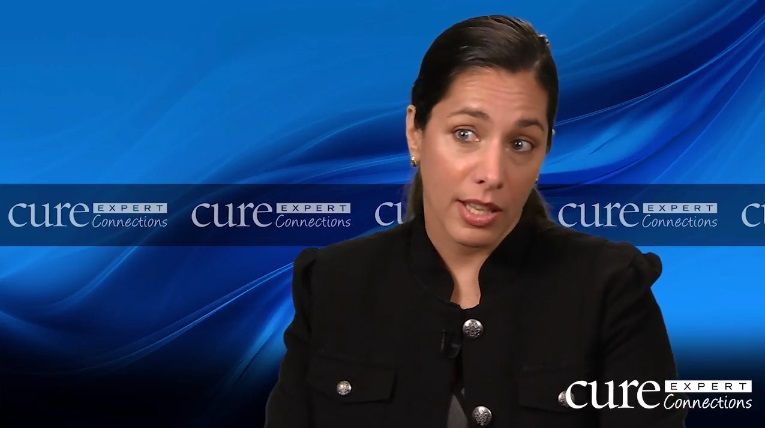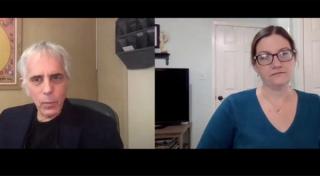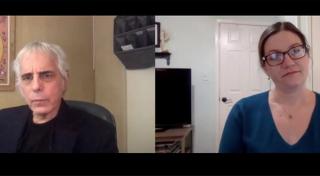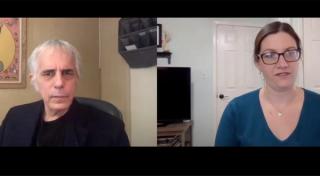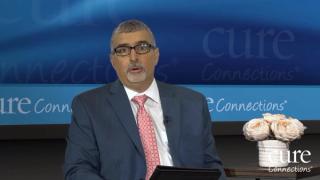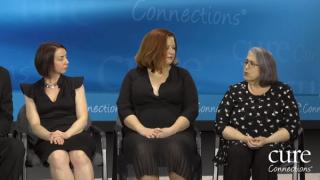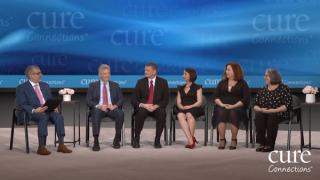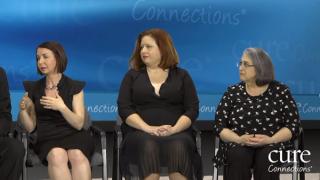
CLL
Latest News
Latest Videos

More News
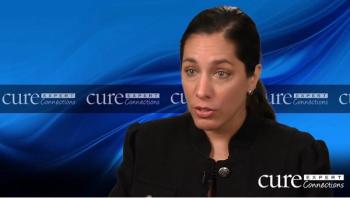
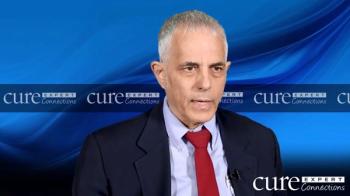
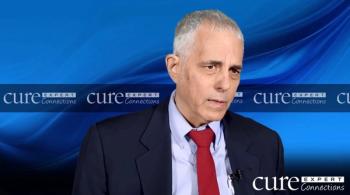

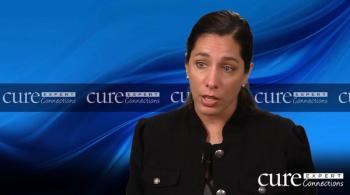

In an interview, Dr. Matthew Davids of the Dana-Farber Cancer Institute discusses the future of CAR T-Cell therapy in the treatment of younger patients with chronic lymphocytic leukemia.

In a recent interview with CURE®, a medical oncologist from the Dana-Farber Cancer Institute discussed why it’s important for patients with CLL, regardless of their treatment plans, to keep up on vaccinations and maintain a regular cancer screening schedule.
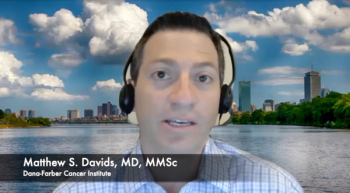
In a recent interview with CURE®, a medical oncologist from the Dana-Farber Cancer Institute in Boston discussed how the addition of Copiktra to a three-drug chemotherapy combination improved outcomes in patients with CLL, with more than half achieving complete remission.
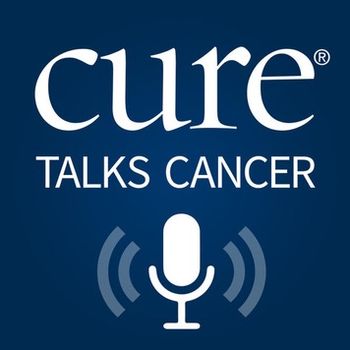
In this episode of the “CURE Talks Cancer” podcast, we spoke with Mark Hoffman, a patient with chronic lymphocytic leukemia, about his diagnosis and treatment journey.

More than half of the patients (66.7%) in the Venclexta and Rituxan arm who went on to receive subsequent Venclexta-based treatments experienced a partial response or partial nodal response to the therapy.
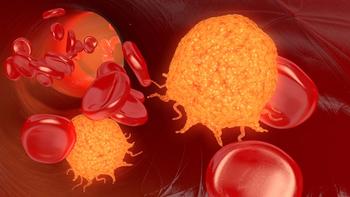
Among 27 patients with relapsed/refractory chronic lymphocytic leukemia patients who completed all 12 cycles of the triplet therapy, 100% of patients had a complete or partial response to the treatment—with 41% achieving a complete response.

The combination of ublituximab and umbralisib, two novel compounds, was able to safely prolong progression-free survival with low rates of toxicities in patients with chronic lymphocytic leukemia compared with standard of care chemoimmunotherapy regardless of prior treatment.
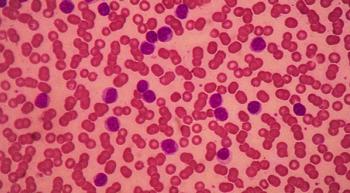
Calquence Use Associated With Limited Heart Toxicities in Patients With Chronic Lymphocytic Leukemia
At a median follow-up of 25.9 months, 17% of the patient population who received Calquence monotherapy experienced a cardiac toxicity of any severity, which led to treatment discontinuation in only seven patients.
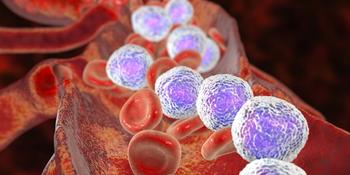
The early study of the investigational CAR-T cell therapy lisocabtagene maraleucel shows how patients with relapsed/refractory CLL/SLL may have a viable new treatment option.

Imbruvica treatment in patients with chronic lymphocytic leukemia whose disease expressed a certain mutation elicited sustained efficacy over a median follow-up of four years, according to data from a long-term analysis.

In an interview with CURE®, Dr. Jan A. Burger discusses how the results of two phase 3 studies could help redefine what constitutes as low or high risk in patients with CLL or SLL.

Compared with patients assigned bendamustine with Rituxan, those assigned Venclexta with Rituxan maintained an overall survival benefit, with a five-year OS estimate of 82.1% for the Venclexta with Rituxan group vs. 62.2% for the bendamustine with Rituxan group.

Data suggest that patients with CLL/SLL who achieve confirmed undetectable minimal residual disease following 12 cycles of Imbruvica combined with Venclexta could possibly discontinue and reasonably remain off treatment.
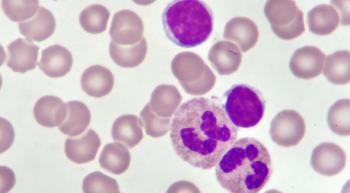
New treatment options are outperforming the “old-fashioned” chemotherapy regimens for patients with CLL and SLL, according to Dr. Locke J. Bryan.
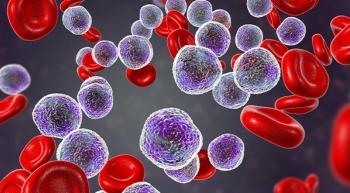
This benefit observed with Venclexta (venetoclax) plus Rituxan (rituximab) for patients with CLL was particularly strong in patients with undetectable minimal residual disease, which may predict clinical outcome after chemoimmunotherapy.
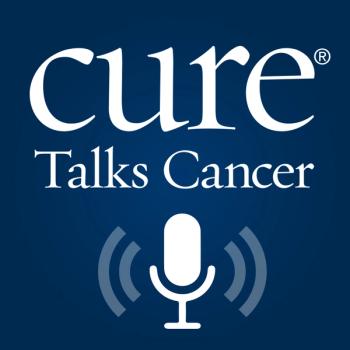
In this episode of the “CURE Talks Cancer” podcast, we spoke with an expert from Dana-Farber Cancer Institute in Boston about the results of an early-phase clinical trial that assessed the efficacy of a combination therapy in the frontline setting in patients with CLL aged 65 years and younger, as well as a pendulum swing in research over the last decade.

